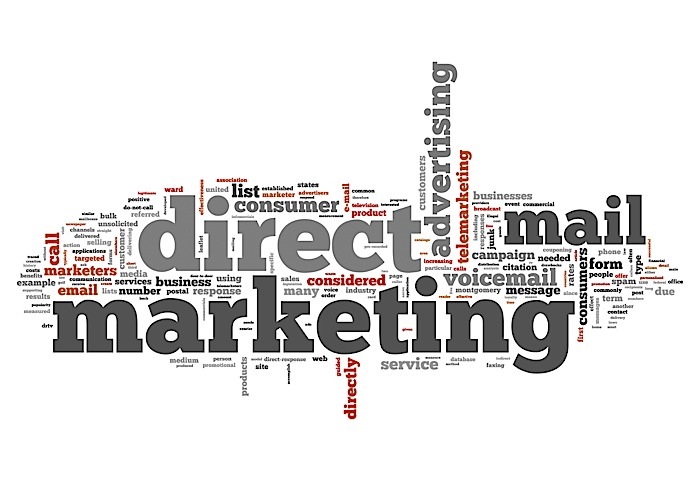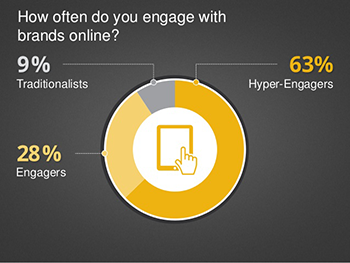With all that a quality marketing program entails – advertising, social media, public relations and more – doing it right is a big commitment. Tire dealers and repair shops, large and small, must choose the best strategy to make sure all bases are covered. As we discovered when speaking with businesses for this article, sometimes the answer isn’t as simple as handling everything in-house versus hiring an outside agency.

In today’s world, your customers have 24/7 access to the web. Whether it be on their home computer, work computer or their smartphone, no matter where they are they can be online within moments. This is just one of the many reasons today’s consumers are turning to the web for answers, and more and more shops are receiving requests for quotes over the web. This simple three-step guide has been developed to help you better handle those web leads in the most professional way, and turn them into customers at the same time.
Summer is the shop owner’s best friend. Just as surely as Independence Day means fireworks and Thanksgiving means turkey, the end of summer means the fall slowdown. And while it doesn’t happen overnight – just one fewer car here and another there – by September, the fall slowdown will be in full effect.

Many shop owners get into trouble by throwing their money at just about every advertising opportunity that comes along. Their intentions are good, but more often than not they end up wasting a lot of money, and bringing in the wrong customers. So putting first things first, as every successful business owner will do, you need to identify your ideal customer, then create a plan that targets that individual.
Prospective customers need to see the name of your company at least seven times before they even think about making a purchase from you. Advertising is expensive, and advertising needed to reach customers seven times can drain a budget. Incorporate some of these easy actions to make your promotion efforts more effective and dollar efficient.

In today’s digital workplace, few issues cause more confusion than social media. Numerous laws are relevant to social media, ranging from Title VII to the Fair Credit Reporting Act to state-specific laws barring requests for applicants’ personal passwords. However, employers can navigate the social media minefield by identifying and addressing the risks.

Do your uniforms look like every other shop in the area? Does your waiting room look the same? Do your advertisements look exactly like what everyone else is sending? These things are all part of your shop’s brand – its image in the community. And you can either choose to look, sound and act like everyone else, or you can choose to build your own brand, tell your own story and set yourself apart.

In the social media arena, Facebook and Twitter often get the most attention when it comes to marketing one’s business. But, with the growing influence of online video – particularly with younger generations – YouTube should not be overlooked. To promote your brand, you don’t need a high tech studio and loads of editing software; you simply need a smartphone or basic video camera, a YouTube account and a little creativity.

By now, we should be well past the things I heard as recently as two years ago: “Social media is just a fad,” “No one will follow a tire dealership on Facebook,” and “I don’t care what you had for dinner, and I’m sure you don’t care where my wife and I went for the weekend either.” These were the kinds of things people would say to me without a full understanding of the transformational change social media was having on society and the fundamental shift in the way we communicate with each other.

There’s no doubt that consumers’ online activity has made a massive, lasting impact on marketing strategy. More than 2 billion consumers go online regularly, thanks to exponential growth in connectivity and devices like smartphones and tablets, according to a recent Google study entitled, “Brand Engagement in the Participation Age.”


